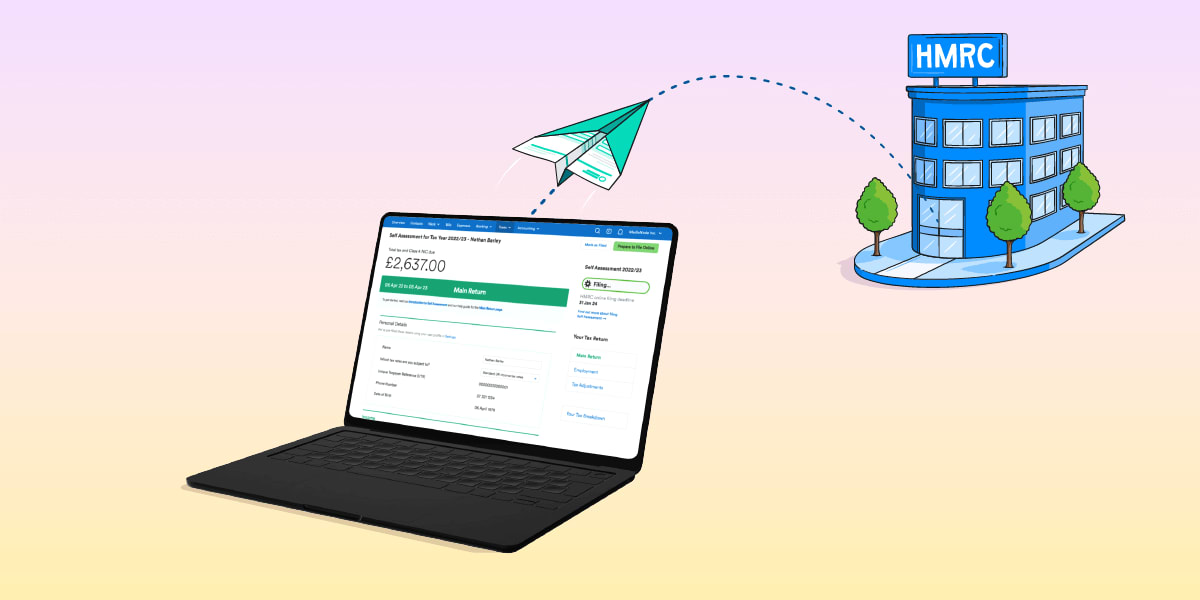Everything you need to know about cashflow
How to calculate net cashflow

Calculating your net cashflow can provide insight into your business’s financial health. We’ve broken down how to calculate your net cashflow and the insight it can provide.
How can I calculate my business’s net cashflow?
Net cashflow is the difference between the cash inflow (money coming in) and cash outflow (money going out) of your business. A simple formula for working out your net cashflow for a particular period is:
Net cashflow = cash inflow - cash outflow
Example: calculating your net cashflow
If you’re looking for your business’s net cashflow over a three-month period, you might find that your cash inflow was £11,900, while your cash outflow was £10,875.
Subtracting £10,875 from £11,900 leaves you with a positive net cashflow of £1,025.
Your net cashflow calculation should include all of the money coming into and leaving your business over the relevant period. If you work with an accountant and you’re unsure exactly what to include in your calculation, they should be able to help you.
If you find you have a negative net cashflow, this isn’t always a sign that your business isn’t viable in the long term.
For example, if you’re just starting out, you might have incurred some initial costs in setting up your business that you won’t have to pay again. Or if you have been scaling up your business, you may have needed to invest in better tools or higher quantities of materials. Your cash inflow may also improve in the near future as your sales increase.
How can cashflow calculations help your business?
Working out your net cashflow can help you understand your finances better, so you can make smart decisions and nip any problems in the bud.
If you’re seeing a negative net cashflow that you can’t explain with one-time costs or seasonality, it’s time to dig into your accounts in more detail. Are rising costs your biggest problem? Are sales not at the level you’d expect?
The sooner you find the problem, the sooner you can fix it and pull your business back on track. We’ll talk about how to improve your cashflow in more detail later.
On the other hand, if your cashflow remains consistently positive, is it time to grow the business? In periods where your business is healthiest, you may want to consider investing in technologies and tools, or even hiring another employee to allow you to do more.


